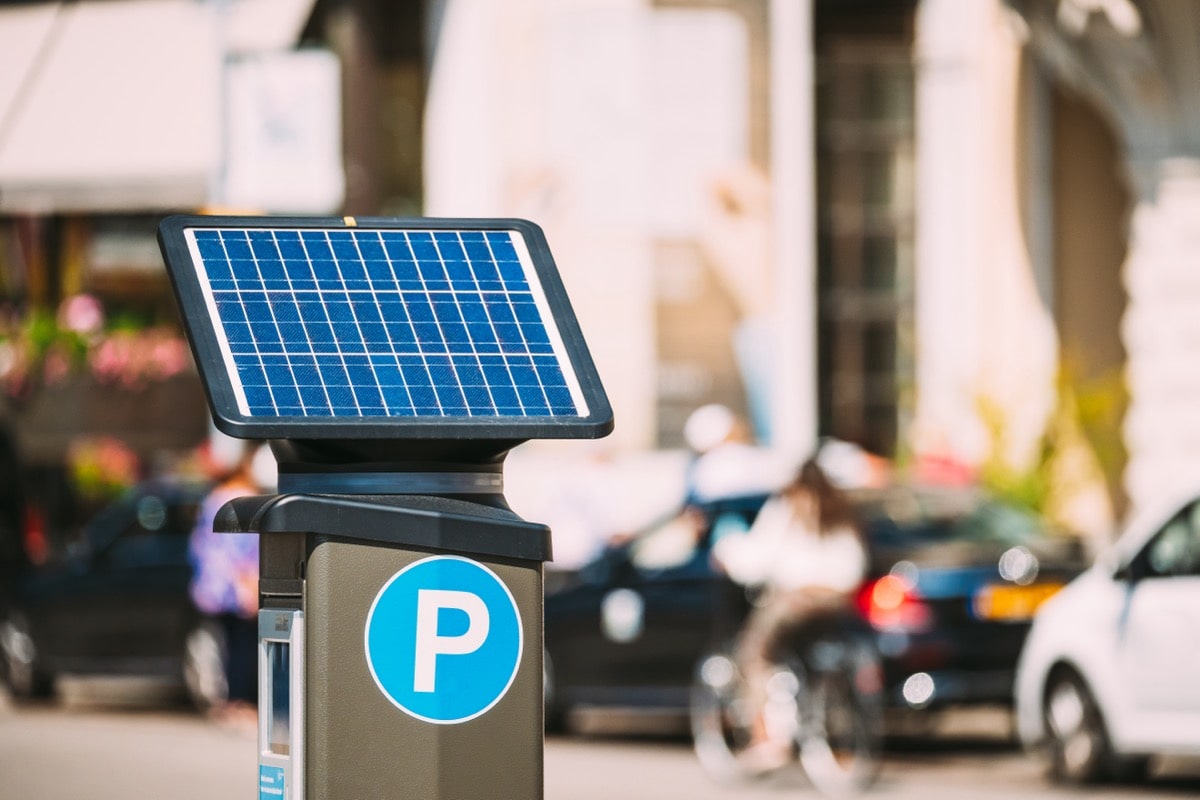Artificial intelligence requires a lot of energy to process and analyse data. At the same time, this technology can provide valuable insights and automation to the renewable energy industry, driving its progress. Which aspect of AI dominates in terms of sustainability? That’s what we’re going to explore today.

How Much Electricity Does AI Use?
The use cases and capabilities of artificial intelligence (AI) are rapidly expanding over the last few years. According to the International Energy Agency (IEA), the computational power required to develop advanced machine learning models has doubled every five to six months since 2010. AI in its current sophisticated form uses more energy than other forms of computing.
Per rough estimations, training a single AI model requires more electricity than 100 US homes consume annually. In terms of separate AI-focused businesses, Google, for example, reported that machine learning accounted for about 15% of its total energy use over the prior three years.
One recent academic research suggested that if Google switched its entire search business to AI, the firm’s energy consumption would almost double, reaching an equivalent of the energy amount Ireland consumes in a year. The same study estimates that by 2027, AI servers could consume similar levels of electricity as the whole of Argentina which is equivalent to about 0.5% of the global electricity use.
IEA also estimates that data centres used for AI and crypto mining may double their electricity consumption by 2026, reaching more than 1 000 TWh. This is roughly equivalent to the electricity consumption of Japan.
Although the numbers are impressive, this is far from the full picture, because the power of AI simultaneously boosts efficiency and accelerates innovation in the energy sector, facilitating its transition to sustainable models.
AI Is Crucial for Next-Gen Smart Power Grids
The energy industry is currently in the active transformation phase. It needs new tools and tech solutions to transition to more sustainable practices and efficient ‘smart’ management. Artificial intelligence is one of the vital components of this transformation.
AI Helps Find the Balance Between Energy Demand and Supply
For instance, AI improves predictions of energy supply and demand. With renewable energy sources like wind and solar these variables are often changing. Yet, machine learning can forecast the supply more precisely based on historical data. Besides, AI helps to match variable supply with demand peaks and bottoms. It maximises the financial value of renewable energy and allows it to be easily integrated into the grid.
One of the illustrations is Google’s DeepMind 2019 initiative. The firm was using machine learning to predict the performance of its wind turbines 36 hours in advance. Google claimed it led to a roughly 20% increase in the value of wind energy.
Another example is the partnership between virtual power plant and distributed energy management system provider AutoGrid and Tata Power, one of India’s largest integrated power companies. Using the power of AI forecasts, this collaboration aims to address peak demand and support India’s clean energy transition. Tata Power’s new demand response program built on the AutoGrid Flex platform enables consumers to earn incentives by curtailing their load in response to signals received via text messages and/or email during times of critical peak demand. Since India’s dominant energy source is thermal power, small adjustments by consumers can eliminate the need for heavy-polluting plants.

AI Sustains Power Stability With Predictive Maintenance
AI algorithms can efficiently analyse sensor data from renewable energy infrastructure such as solar panels and wind turbines. These insights are used to predict maintenance needs and optimise the infrastructure performance. By identifying potential issues in advance, instead of relying on a general pre-determined checkup and maintenance schedule, AI helps to minimise downtime and maximise energy production efficiency.
Several utility companies like E.ON or Enel have incorporated machine learning algorithms into their operations. The firms identify potential problems based on inconsistent patterns in electricity generation or uncharacteristic power line vibration. As a result, utility providers can address maintenance issues during the early stages and avoid power outages.
The further the technology goes, energy providers will be more efficient in their infrastructure management, using a plethora of data from sensors, smart meters and other internet-of-things devices to observe and control the flow of power in the network. Their platforms will also analyse satellite imagery, shipping data, and market indicators, to provide accurate predictions for renewable energy production and consumption.
The Usefulness of AI for Implementation of Sustainable Practices Is Undeniable
Not only energy providers but also other stakeholders in any sustainable ecosystem may leverage the power of AI to drive more positive outcomes.
Thus, one of the biggest challenges for renewable energy development is financing. With a lack of clarity in reporting standards and assessment, sustainability-focused startups may find it hard to engage investors into their eco-friendly initiatives. AI can facilitate sustainable investing by helping the companies effectively scrutinise volumes of financial information, gather valuable ESG-related insights, choose and manage the assets in their portfolios, automate trading, and reasonably control the risks involved.
Along with official reports, AI tools may take into account social media posts and comments, news reports, GPS or satellite imaging, and more. This way, AI-enabled analytics can fill some of the ESG disclosure gaps. Predictive AI models can also forecast carbon emissions of a company based on available data and trends, improving sustainable investment decision-making.
When it comes to water management, Internet of Things (IoT) devices and artificial intelligence (AI) algorithms can optimise water usage in agricultural supply chains. By leveraging real-time data on soil moisture levels, weather patterns, and crop water requirements, farmers can make informed decisions about when and how much to irrigate, reducing water waste and improving crop yields.

What About the Energy AI Helps to Save?
AI helps to decrease energy consumption for both individual households and businesses in numerous ways:
- optimising energy grids and systems;
- automating industrial processes and helping cut down emissions;
- Optimising the energy efficiency of ‘smart’ buildings;
- enhancing demand-response energy programs;
- enabling supply chain and logistics providers to optimise operations and reduce fuel waste and emissions;
- completing tasks more efficiently or substituting analogue energy-intensive tools;
- automating energy audits for buildings and suggesting tailored improvements based on audit findings;
- modelling climate change predictions or monitoring the progress of climate treaties.
It is estimated that AI-powered smart home systems can improve energy efficiency by controlling lighting, heating, and cooling patterns, reducing gas consumption by around 5%. In addition, home energy management and automation could reduce households’ CO₂ consumption by up to 40%.
In the US, buildings are responsible for 40% of total energy use, including 75% of all electricity use and 35% of the nation’s carbon emissions. In the EU, the statistics are similar. Buildings there are responsible for 40% of energy consumption and 36% of greenhouse gas emissions.
According to the Swedish electricity and heating producer Vattenfall, apartment buildings where AI was incorporated into the heating management system have reduced their energy consumption by about 20%. In combination with other measures, the energy savings have reached a total of about 30%.
If we project these numbers on the total energy consumption statistics in the EU and US, AI use in smart building systems can save about 8%-10% of total energy used annually. It is clearly far greater than the estimated 0.5% of the global electricity use that might power AI servers by 2027.
Furthermore, in this example, we have taken into account only the energy savings that come from residential and commercial buildings. More benefits would result from the optimisation of renewable and hybrid energy grids powered by AI.
Bottom Line
Artificial intelligence plays an important role in the global energy balance. The technology is not the most energy-efficient one, for sure. However, its benefits for the environment are far greater than the associated energy use. Implementing AI in smart home systems and residential building management systems might save a country about 10% of the total energy consumption amount. At the same time, it is projected that AI servers might require only 0.5% of the global electricity use even as the technology evolves within the next few years.









